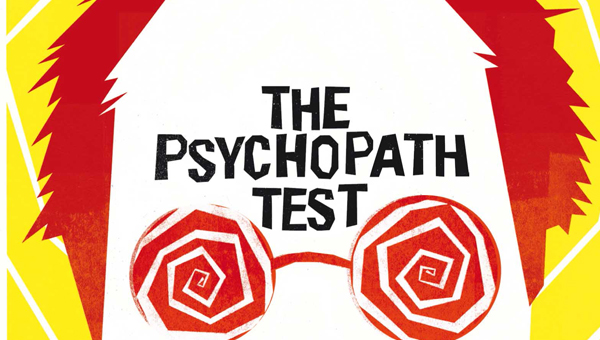Atul Gawande on The Checklist Manifesto
To coincide with his giving this year’s Reith Lectures, I thought I would re-release this interview with Atul Gawande from 2011, in which I spoke to him about The Checklist Manifesto and how something as simple as a checklist could have dramatic, positive benefits in healthcare. “We have people at the frontline who have great expertise – we couldn’t have people in medicine who are better trained, working harder, or given more technology to get their jobs done – and yet the puzzle is that for many of the steps along the way, such as in surgery, we have seven million people a year globally left disabled or dead through complications. At least half the time, we know that it’s from failures to use knowledge that already exists, steps in care that could have avoided it. And so understanding how we close the gaps, not just of ignorance but, for want of a better word, what we have to call ineptitude, is fundamental.”


